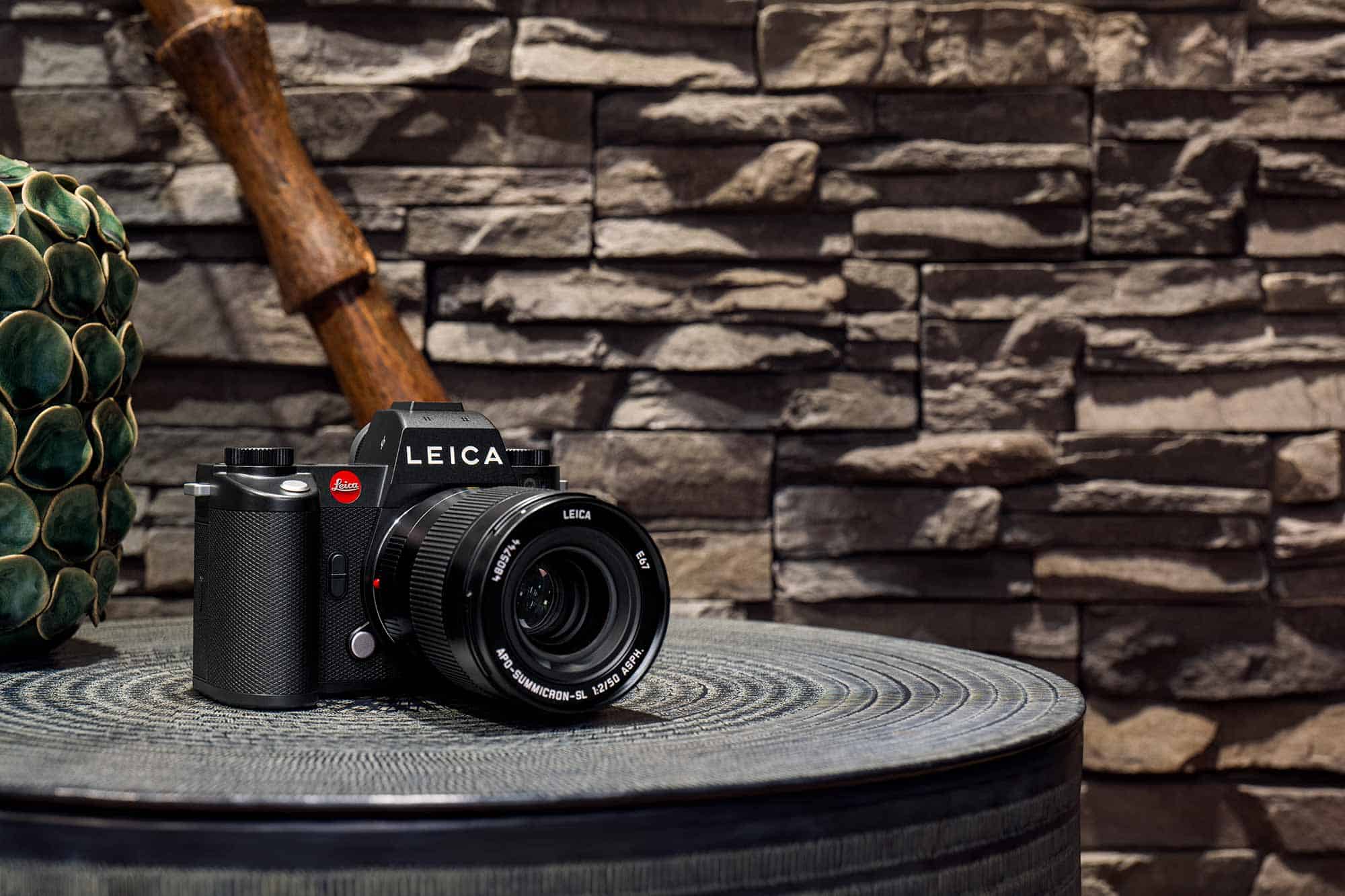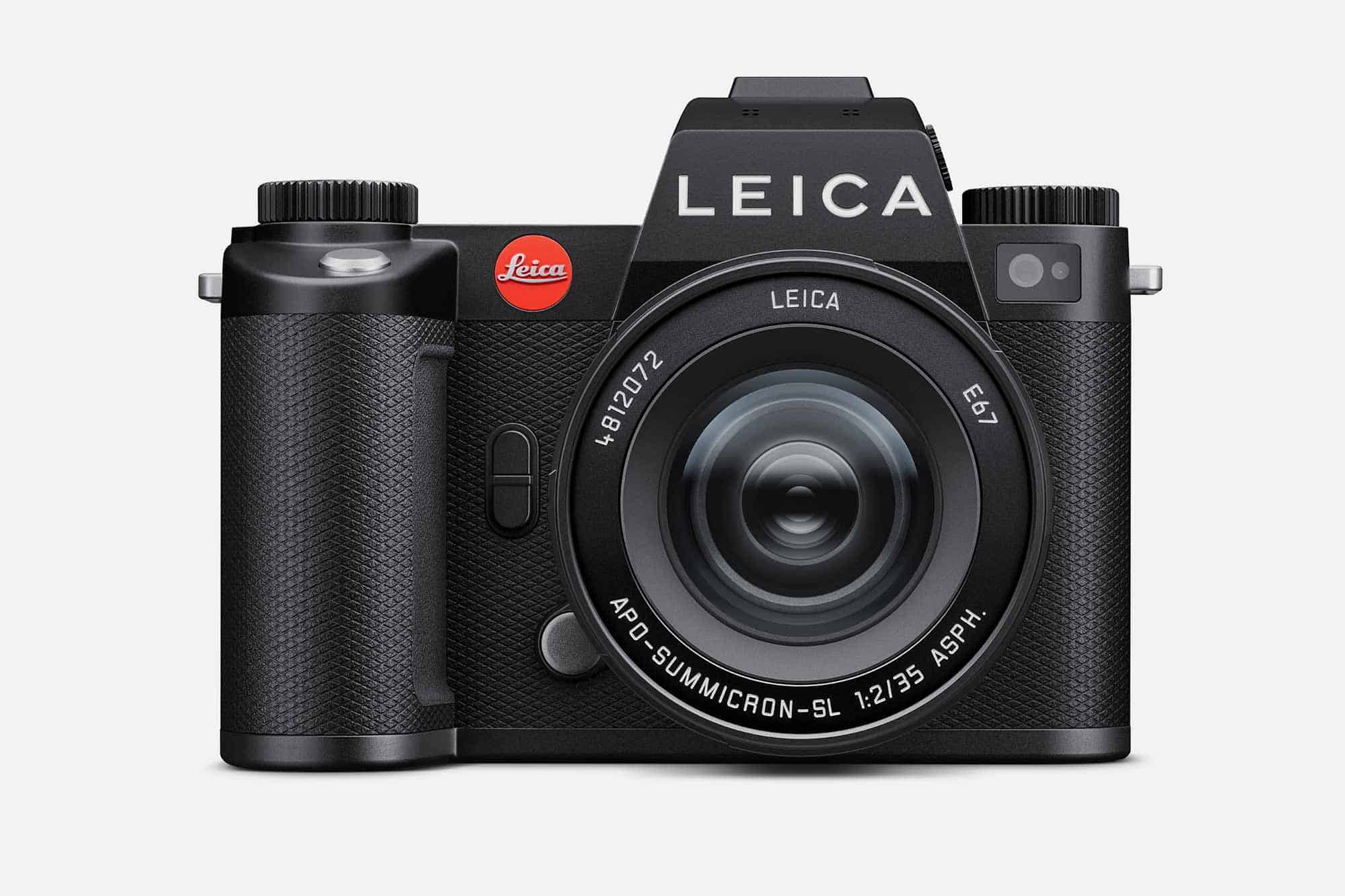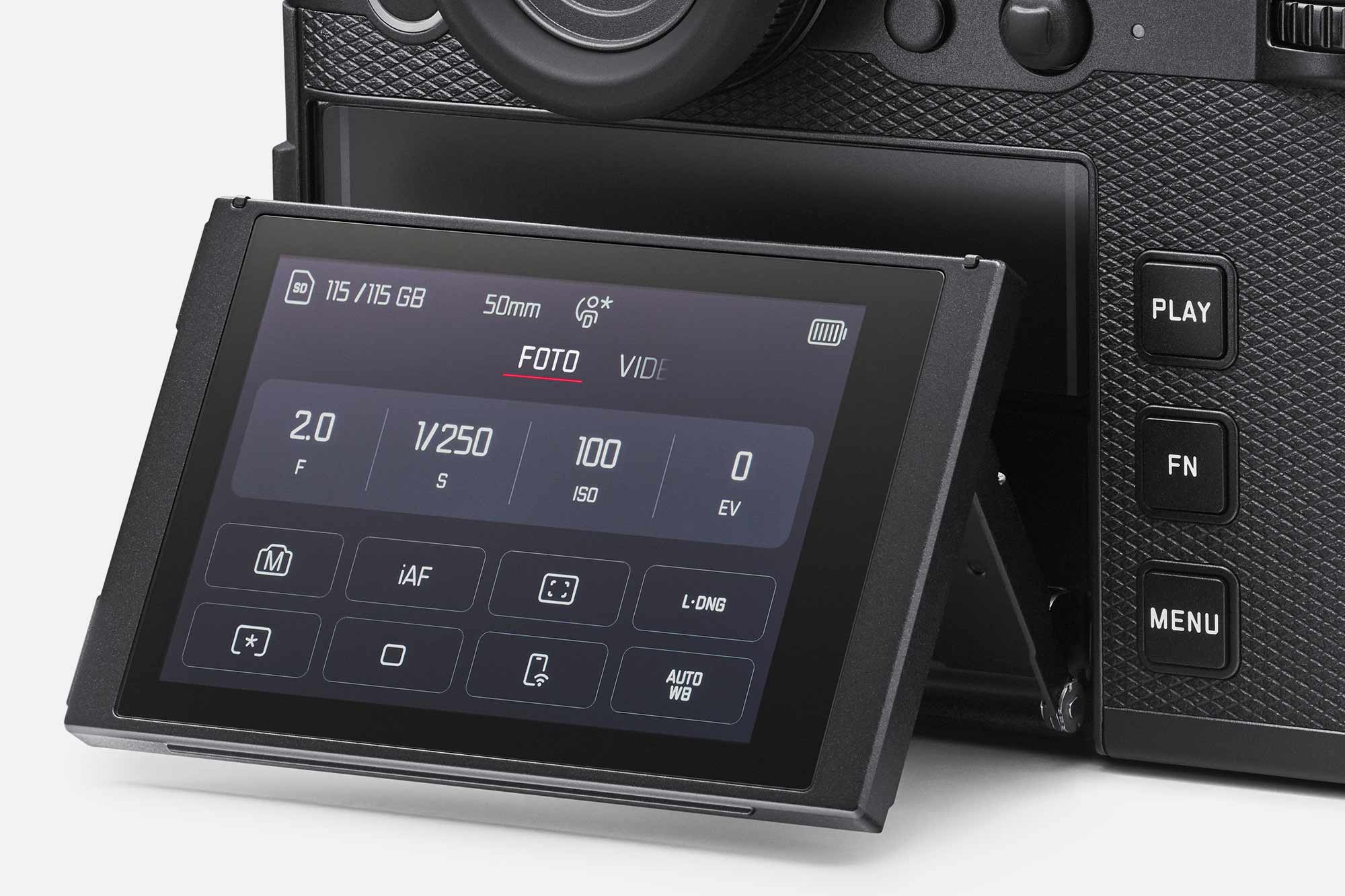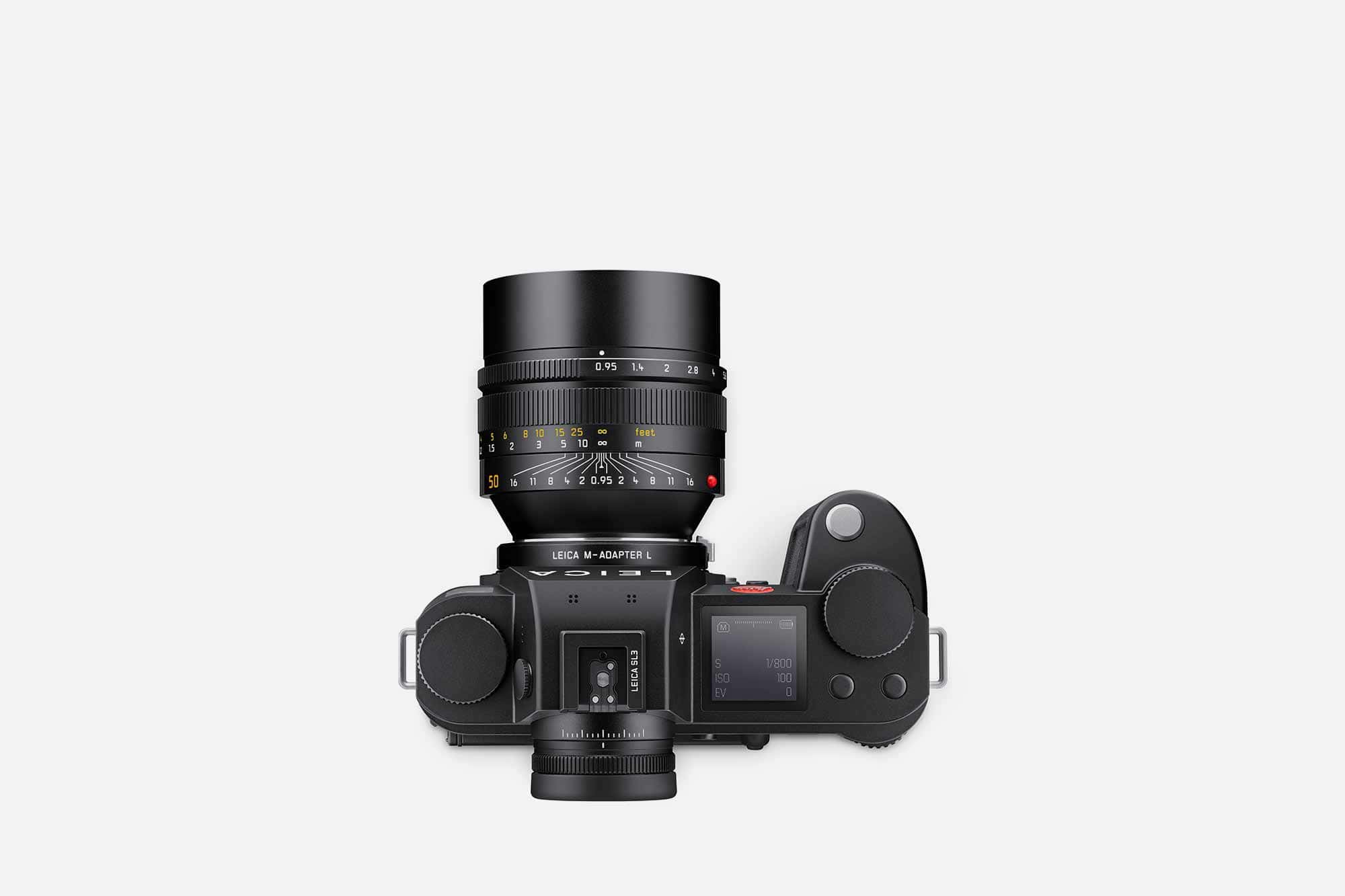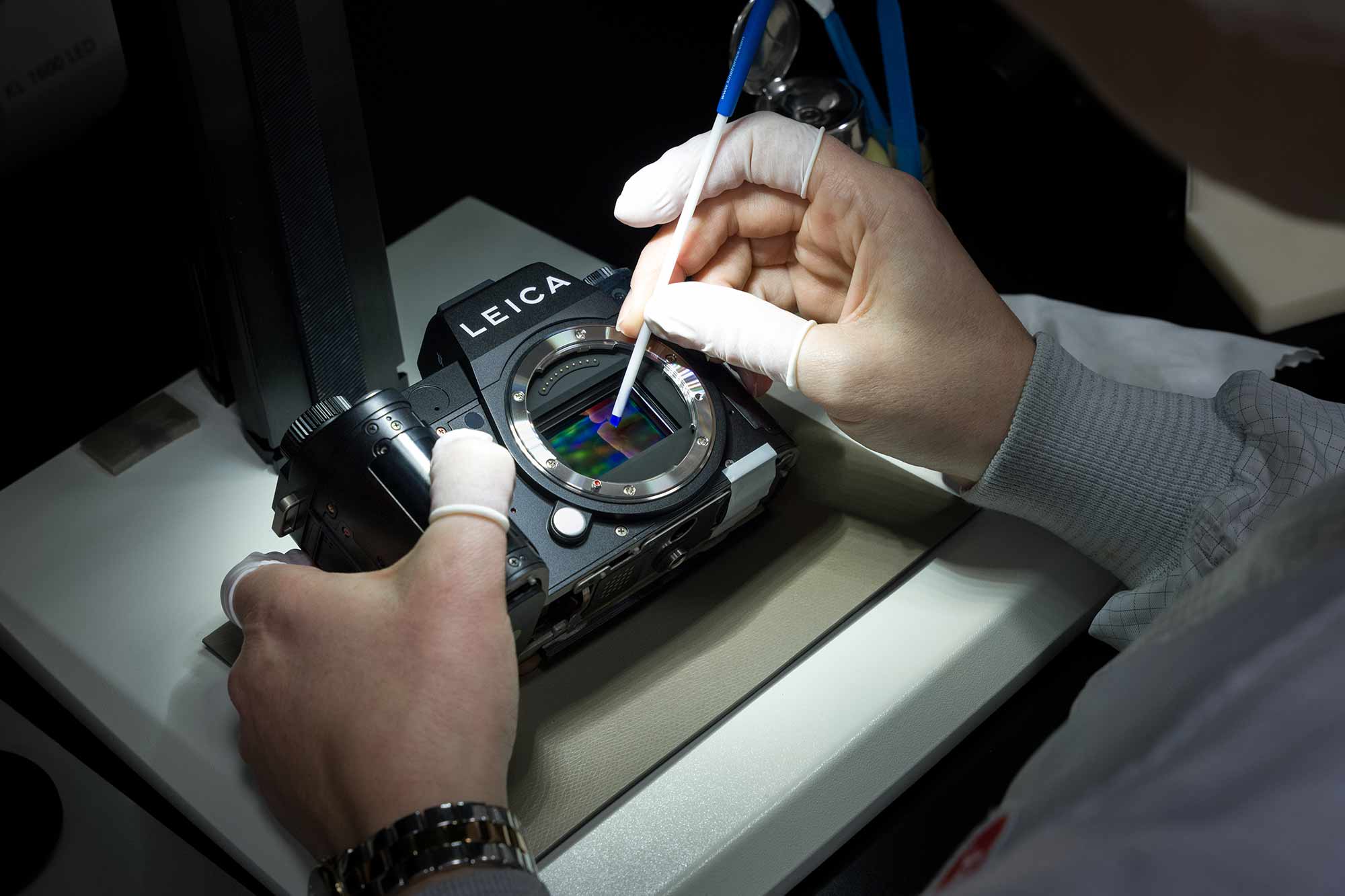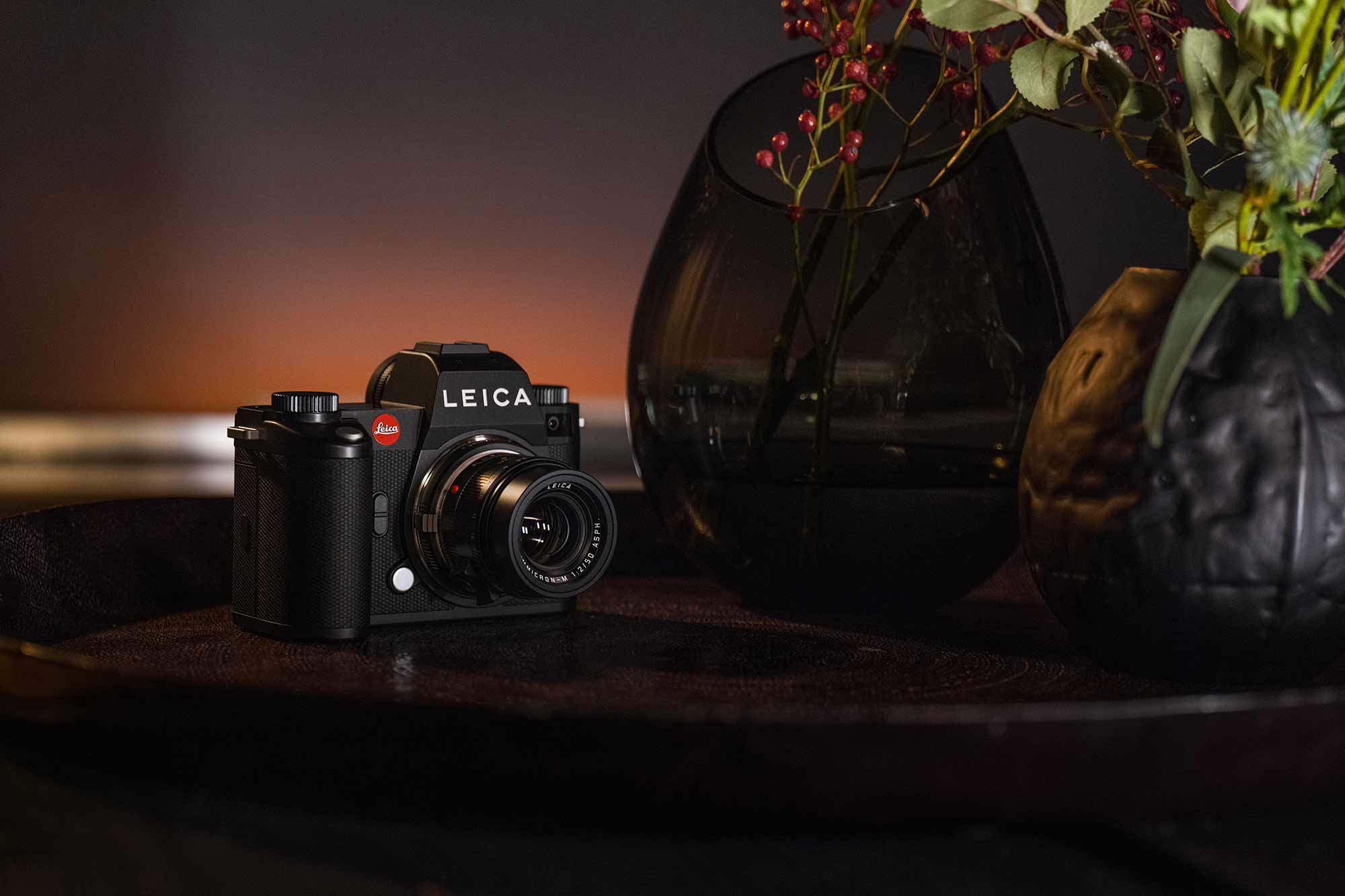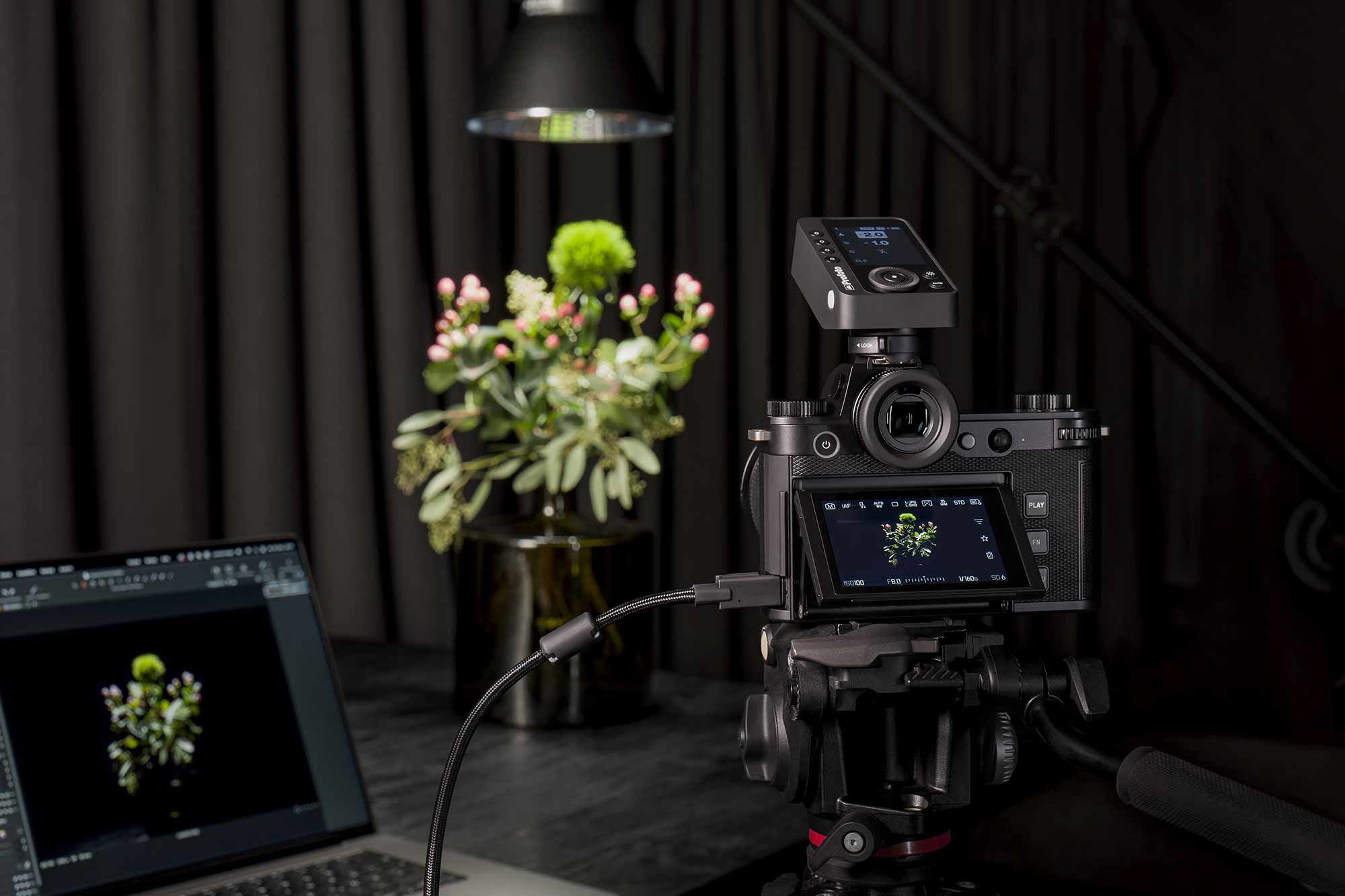Stop me if you’ve heard this one before: Leica is the Rolex of cameras. It’s a bit of a tired comparison, but it’s not an invalid one. They are each known for their impeccable build quality, a wonderful user experience, and for making beautiful objects. Both Rolex and Leica draw as much, if not more, attention to their vintage product as their modern, and each has a passionate and devoted fan base. And, at the end of the day, Leica and Rolex both make wonderful things.
Leica Unveils the Highly Anticipated SL3
Today, we get to see a new wonderful thing from Leica; the SL3. The SL3 replaces the SL2 as Leica’s flagship full-frame, interchangeable lens mirrorless camera. At first blush, the new SL3 looks a lot like the SL2, but take a closer look and you’ll start to see major differences. Working from the outside in, the SL3 is smaller and lighter than the SL2. According to Leica, the SL3 has shed about 70g from its predecessor, and the overall dimensions of the camera have been shrunk down slightly. The SL3, despite these changes, remains weather-sealed to the IP54 standard.
The SL3 also gets, for the first time in the model line, a tilt screen for its rear display, similar to the one the Q3 got last year. The 3.2” LED display has a slightly higher resolution than the display on the SL2 (2.3 million dots vs 2.1 million on the SL2) and the SL3 also comes equipped with a 5.76 million dot EyeRes EVF.
The control layout of the SL3 has also seen a revision. Like with last year’s Q3, the introduction of a tilt-out rear display has prompted Leica to move the ‘Menu,’ ‘FN,’ and ‘Play’ buttons from the left-hand side of the camera to the right, a nice change for those looking for one-handed use. Besides that, the most notable change is probably the additional control wheel now found in the previously empty space to the left of the viewfinder. Other changes include the move from a power switch to a power button, and an additional knob on the side of the viewfinder that I can’t quite work out, but which I’m sure will make sense in practice.
Inside the camera, Leica has given the SL3 all the updates one might expect. Most significantly, the SL3 is now equipped with a 60.3MP CMOS sensor and a Maestro IV processor, bringing it in line with the Q3. Leica estimates a 70MB file size for images shot on the SL3 but, like on the Q3, the SL3 can shoot at lower megapixel counts to produce more manageable files for those interested. The SL3 also delivers 15 stops of dynamic range and an ISO range from 50 to 500,000. The SL3 boasts a handful of improvements to its autofocus system and can shoot video in up to 8k using codecs like H.265 and Apple ProRes.
One thing that is worth mentioning about the SL3, and that may prove divisive, is that the SL3 has sacrificed one of its SD card slots in favor of CFexpress Type B. This will be a relief for some and an annoyance to others, but this seems to be the way of the world these days, and the high-speed nature of those cards will make a meaningful difference for those who need it.
The SL3 continues to use the Leica L-mount, an interchangeable lens system developed by Leica. Native Leica L-mount lenses will all play nicely with the SL3, as will lenses from other members of the L-mount alliance, like Sigma, Panasonic, Leitz, and Blackmagic.
It has been my experience that, at least in our little corner of enthusiasm, many watch collectors seem to find themselves drawn toward Leica’s rangefinder cameras, namely the Q and the M series. If I were to fall back on the Rolex analogy, I might compare the M and the Q to the Datejust and Explorer II respectively. Each is rooted in ideas that have been around for a while in one form or another and represent a solid modern execution. In that context, the new SL3 feels to me like the titanium Yacht-Master of the Leica lineup — thoroughly modern, but unmistakable in its identity.
The Leica SL3 is available today from Leica Stores, the Leica Online Store, and a variety of authorized dealers for $6,995. Leica









 Featured Videos
Featured Videos




